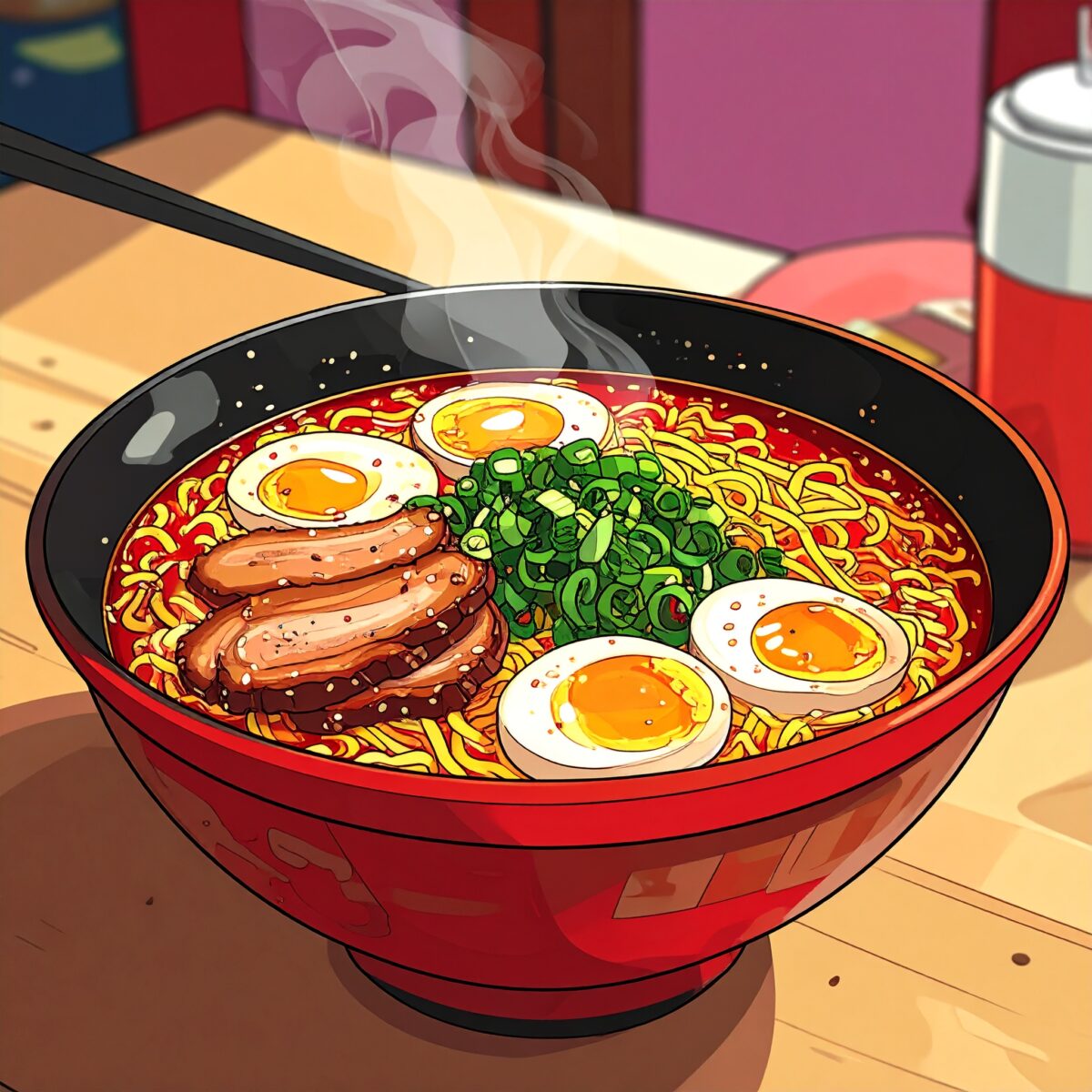“Like a Fine Dining Establishment” — The Michelin-Starred Ramen and the Dual Role of Artisan and Executive
Often described as “resembling a high-end culinary house,” Michelin-starred ramen establishments are far more than just purveyors of exceptional flavor. Behind their acclaim lies a delicate choreography—one where the pursuit of culinary precision must be balanced with entrepreneurial clarity.
This article explores what it takes to embody both the master craftsman and the strategic business leader within the unique world of haute ramen.
1. The Artisan of Flavor, The Architect of Vision
To earn a place in the Michelin Guide, a ramen shop must deliver flavor of extraordinary depth and distinction. Yet that culinary prowess does not exist in isolation. It is rooted in executive foresight and operational resolve.
-
Intricate techniques that preserve uncompromising quality
-
A curated, theatrical style of service that ensures immersion
-
Limited hours and reservation-only access to heighten exclusivity
These elements are not mere flourishes—they are executive decisions that protect the integrity of the brand while enabling creative freedom in the kitchen. The business acumen behind these choices provides the platform upon which artisanal innovation can flourish.
2. The Precision of a Single Bowl Is Defined by Managerial Discipline
Every detail—from daily preparations and staff workflows to the silent choreography of service—reflects a deeper layer of executive strategy. These are not just operations; they are business decisions crafted to preserve consistency and elevate experience.
When a single location fails to meet these standards, the brand equity risks swift erosion. To prevent such dilution, an owner must adopt a proactive stance—continually assessing and refining even minor inefficiencies through a disciplined and responsive managerial lens.
3. Operational Mastery as a Form of Craftsmanship
Why do some of the most talented culinary artisans see their ventures falter? The answer often lies not in their lack of skill, but in a blind spot: the absence of strategic leadership.
In the fine dining ramen industry, technical prowess is revered, but business acumen is often overlooked. Yet, sustainable success depends on mastering:
-
Strategic business modeling
-
Talent cultivation and retention
-
Effective storytelling via social and traditional media
These responsibilities must not be relegated to “financial tasks” or outsourced functions. Rather, they should be embraced as essential disciplines—skills that enable the preservation and evolution of one’s craft.
Summary: Supporting Craftsmanship Through Strategic Thinking
Reaching Michelin status is a monumental achievement. But sustaining that excellence requires more than technical brilliance—it demands structure, foresight, and adaptability.
To create a ramen bowl that continues to be desired, the artisan must also think like an architect. Behind the motion of every ladle lies a logic—an intentional design that aligns vision, value, and viability.
In this era, where culinary prestige is intertwined with operational sophistication, it is vital that we cultivate a culture that values management as a craft—one that supports and amplifies the artisan’s voice.




